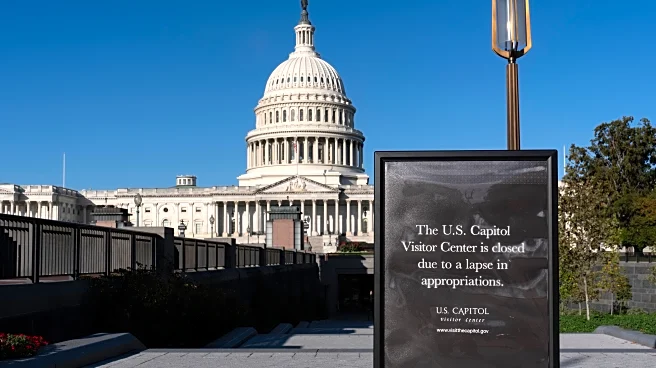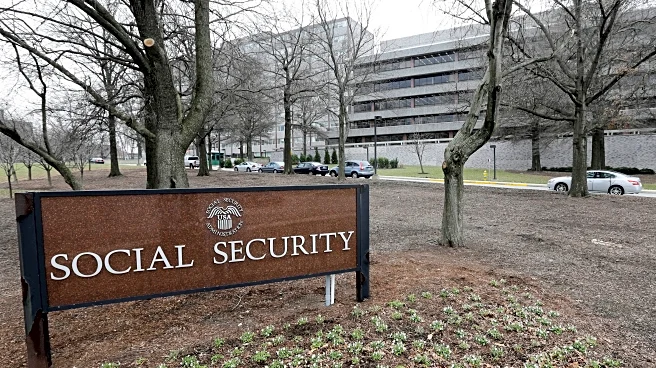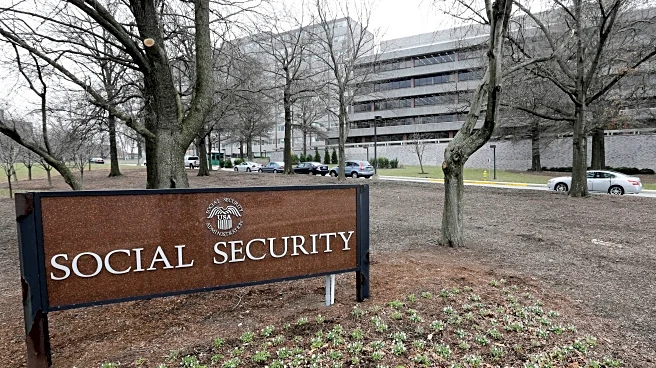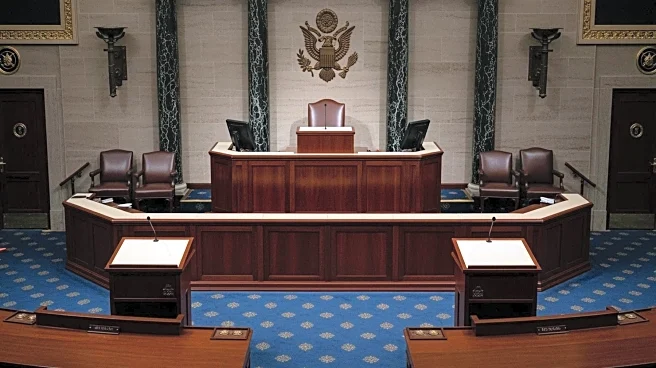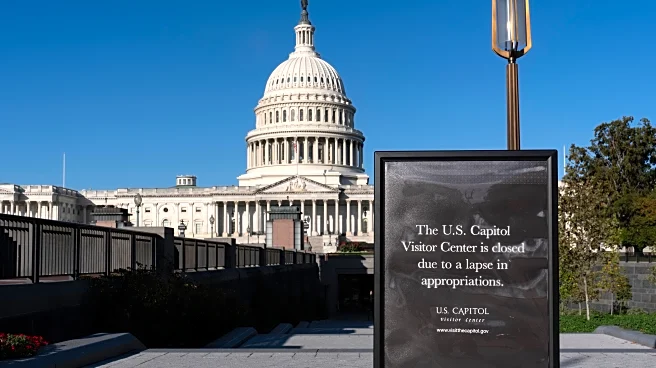What's Happening?
The ongoing government shutdown, now entering its third week, poses significant challenges for K-12 schools across the United States. While the Education Department's contingency plan ensures that the two largest federal grants, Title I and IDEA, continue
to flow, the future of the Impact Aid program remains uncertain. This program, crucial for districts with nontaxable federal land, is at risk due to 'reduction in force' notices sent to federal employees administering it. A federal judge has temporarily halted these layoffs, but the Trump administration is expected to contest the ruling. The Impact Aid program, established in 1950, provides nearly $1.63 billion annually to over 1,000 districts, affecting about one in seven public school students. Some districts are already experiencing delays in expected payments, prompting them to consider emergency reserves or loans.
Why It's Important?
The potential disruption of the Impact Aid program could have widespread implications for school districts that rely on these funds to compensate for lost property taxes due to federal land. The uncertainty surrounding this funding could lead to significant financial strain, forcing districts to cut back on essential services such as professional development, instructional resources, and tutoring. The furlough of nearly 87% of Education Department employees further complicates the situation, raising concerns about the Trump administration's intentions to permanently reduce the department's size. This could have long-term effects on the administration of key educational programs and the overall stability of school funding.
What's Next?
The legal battle over the 'reduction in force' notices is ongoing, with the Trump administration likely to challenge the current halt on layoffs. If the courts eventually allow these layoffs, it could result in the permanent loss of staff responsible for managing Title I and IDEA grants. Education Secretary Linda McMahon has stated that future funding will not be affected, but the situation remains fluid. School districts may need to prepare for continued uncertainty and potential funding cuts, which could impact their purchasing decisions and financial planning.





